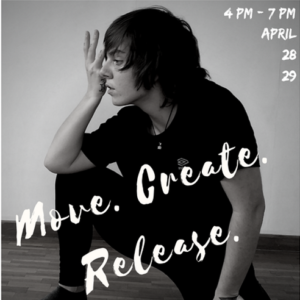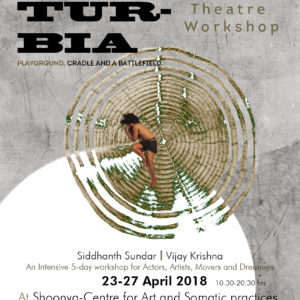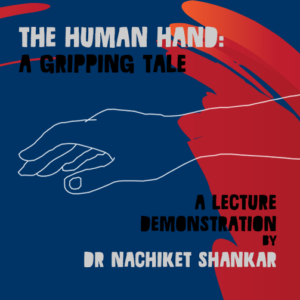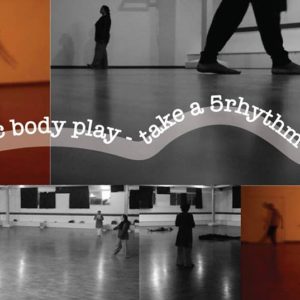Gurdjieff Movements Intensive
Movement Somatic
Workshop
Sat, 24 Mar 2018 Start Date: March 24, 2018, 10 a.m.
End Date: March 25, 2018, 4 p.m.
₹4000

This workshop will involve a series of explorations into the Fourth Way ideas, Gurdjieff Movements and Music.
We think of our body as opaque, often dreaming of transforming it into something more subtle. But the subtlety is already there. Nothing is dense except the wall of inattention, of insensitivity and passivity which prevents us from seeing.
The Gurdjieff Movements constitute a language that our intellect cannot understand well but to which the body is sensitive. This language is mathematical, and according to exact measure. Every movement has its appointed place, duration and weight. From simple yet profound actions of the body, attention and mind, a Gurdjieff dance is brought to life.
What takes place when I divide my attention between experiences inside my body and my companions in the dance…?
The movements bring us back into our presence over and over, and further, to a possibility of stillness and silence.
Gurdjieff’s Fourth Way, now in the midst of the 21st Century appears as an important way of understanding the intended direction of humanity. George Gurdjieff had a firm grasp of an ‘abstract‘ method that was not based on belief but on the living action of deep inquiry. He is widely recognized as being pretty unique in disdaining belief and advocating an empirical approach, ‘find out for yourself’ or self-validation as it were.
Our movements are composed of a set of typical or recurrent postures. We walk in a certain way, talk in a certain way, and sit in a certain way. These ways are finite and limited. Most people’s movement exhibit considerable waste of energy. Gurdjieff drew attention to our limited repertoire of postures and movements and said it included feelings and thoughts as well. Thoughts, feelings and movements are linked together in a mechanical way. But there is something to be explored beyond this mechanical system.
Tabasheer Zutshi began her journey with “The Fourth Way,” in 2001 when she met Akash Dharamraj in New Delhi. Akash had recently set up a Fourth Way school called ‘Akhaldans’. Here Tabasheer was introduced to Gurdjieff’s dances and movements. Over the next decade her practice deepened and she also participated in a number of public Movement Demonstrations. Parallel to her inquiry of the Fourth Way, she began learning Transactional Analysis as a means to compliment her practice from a more psychological perspective. As her study intensified she trained with other senior practitioners of the work from the J.G. Bennet Lineage. Bennet was a direct student of Gurdjieff and one of the few who carried his work forward after his death.
Later, under the guidance of her teacher Akash, Tabasheer was trained and nominated a teacher of the movements. Tabasheer now explores Gurdjieff’s teachings from the perspective of the 21st century and its relevance today.
Born in Bombay in 1975, Tabasheer Zutshi graduated in Ancient Indian Culture from St. Xavier’s College, Bombay and later studied painting at The Delhi College of Art. Professionally she is a Production and Costume designer.
She views environments as possessing a metaphysical quality that impacts the viewer’s perception of the narrative and characters. She experiments with the minutiae of everyday life and found objects to bring an emotional and sensorial response to her work. Currently she lives in Bangalore, is a yoga practitioner and an almost full-time gardener.




